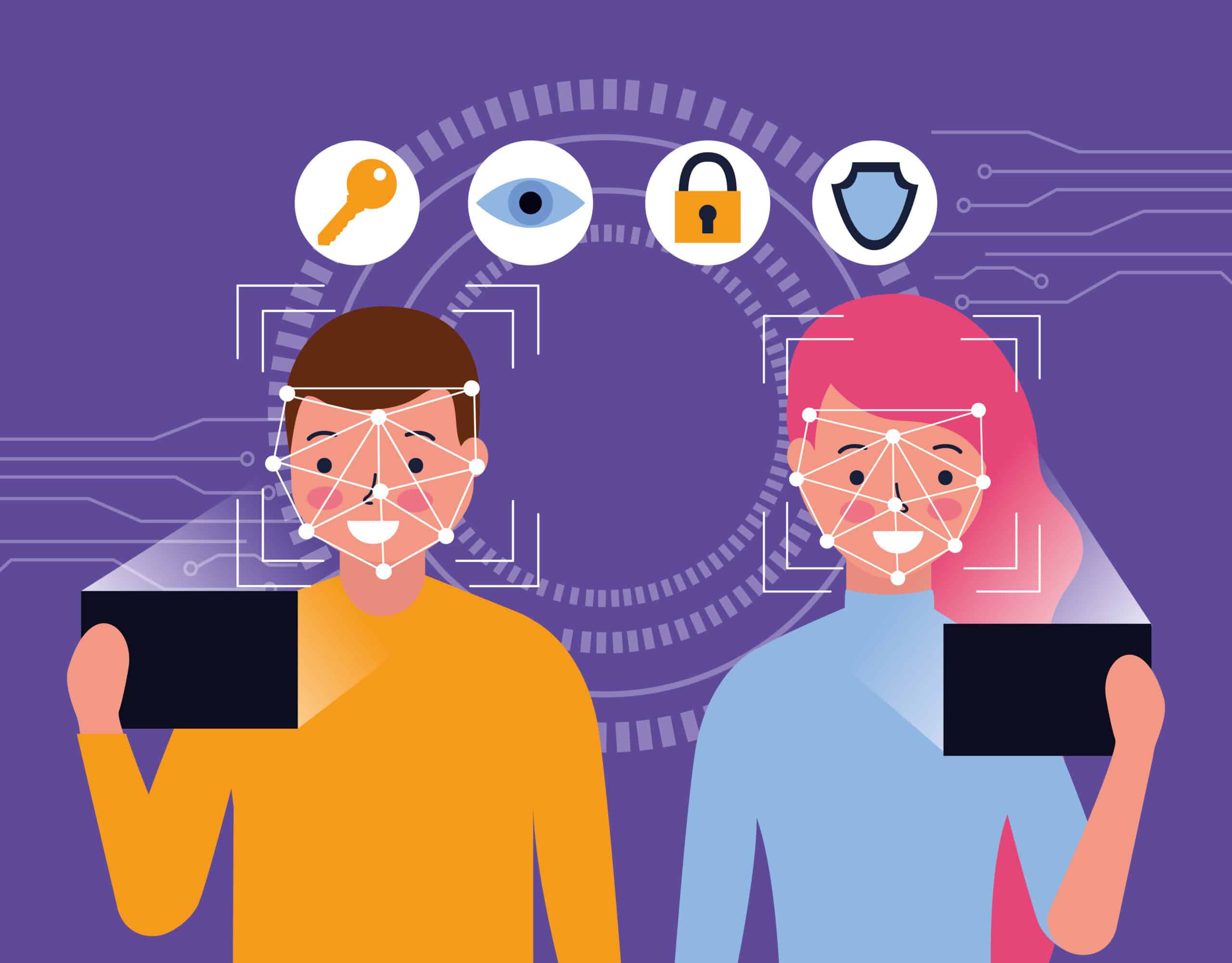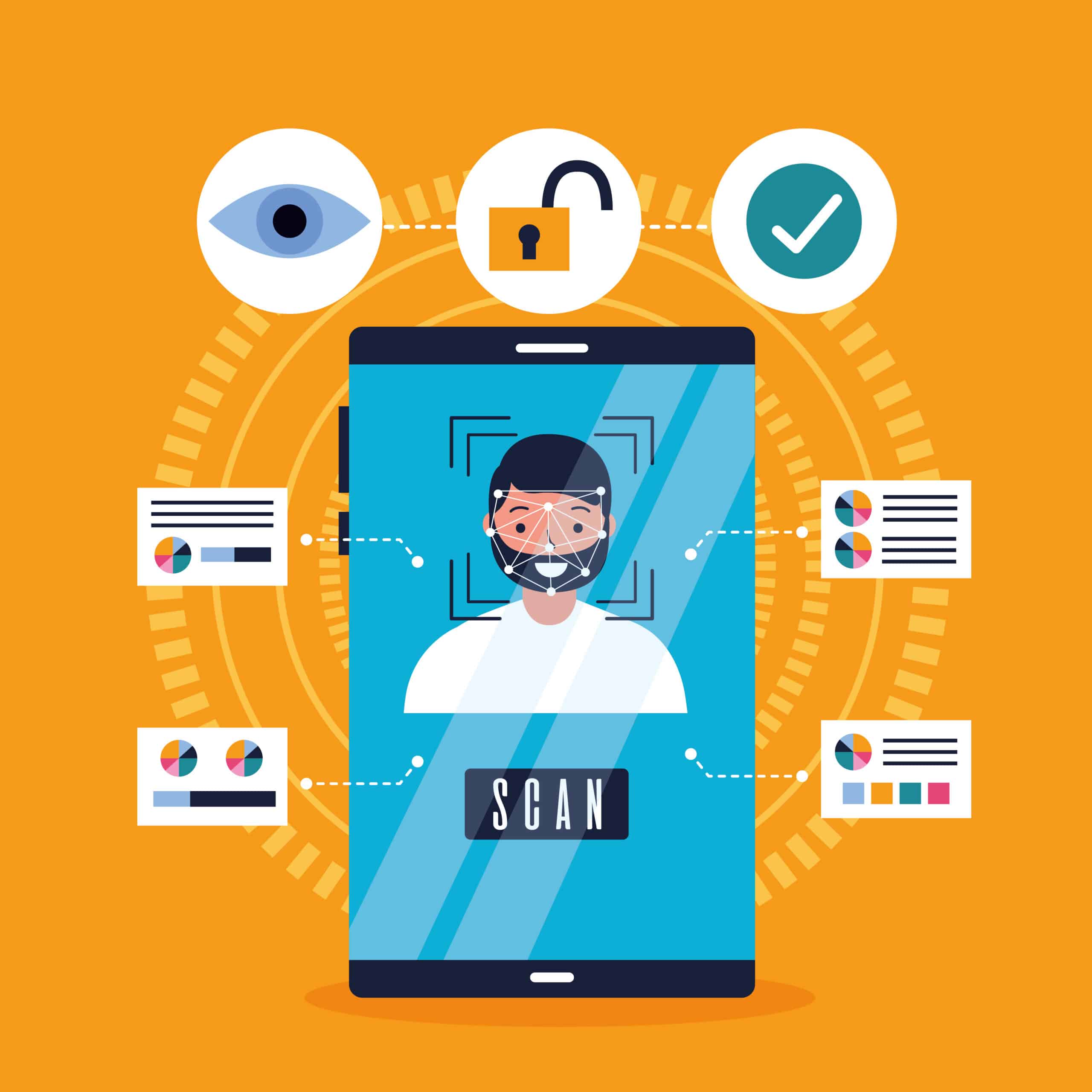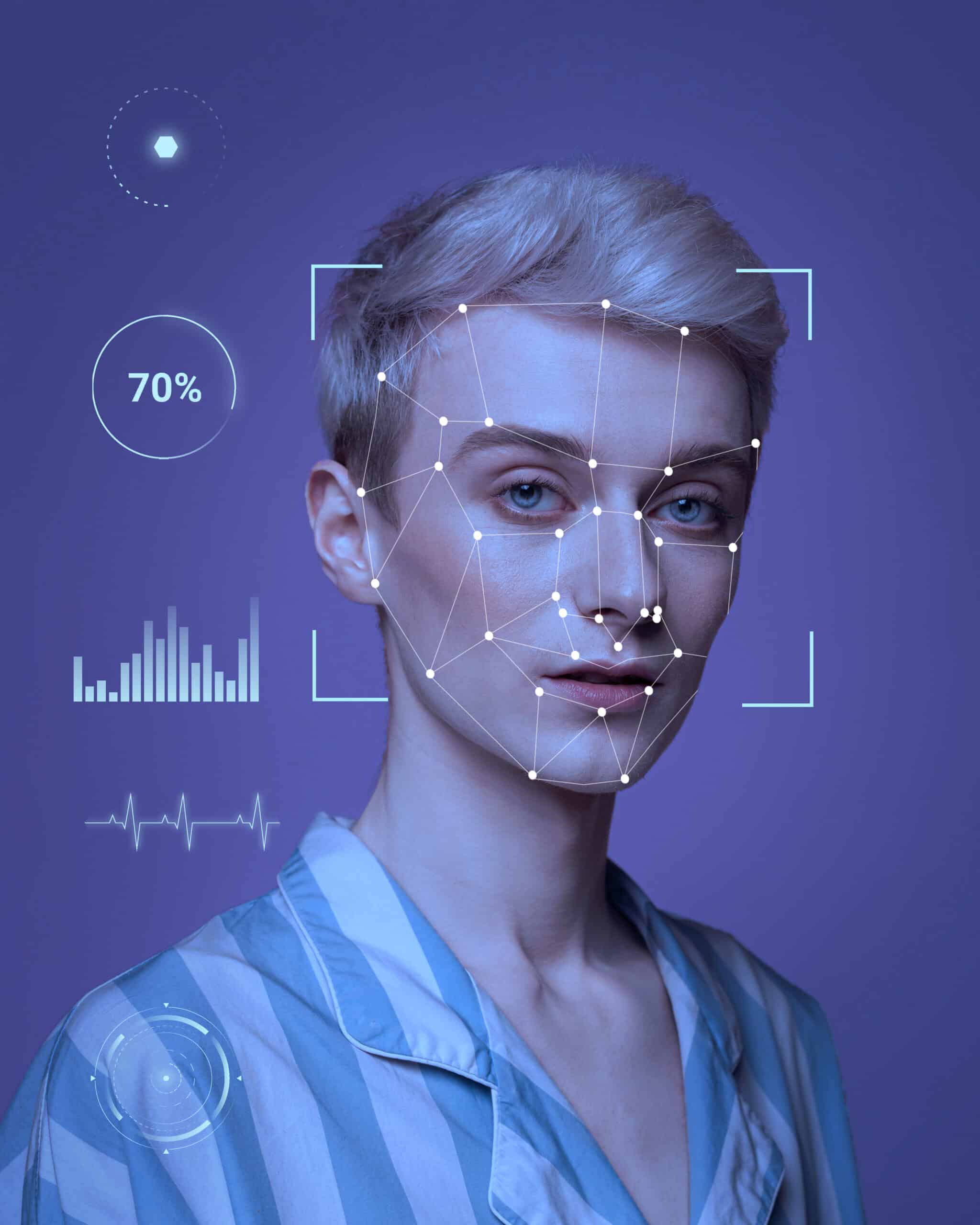Streamlining Verification with Facial Recognition Identity Verification
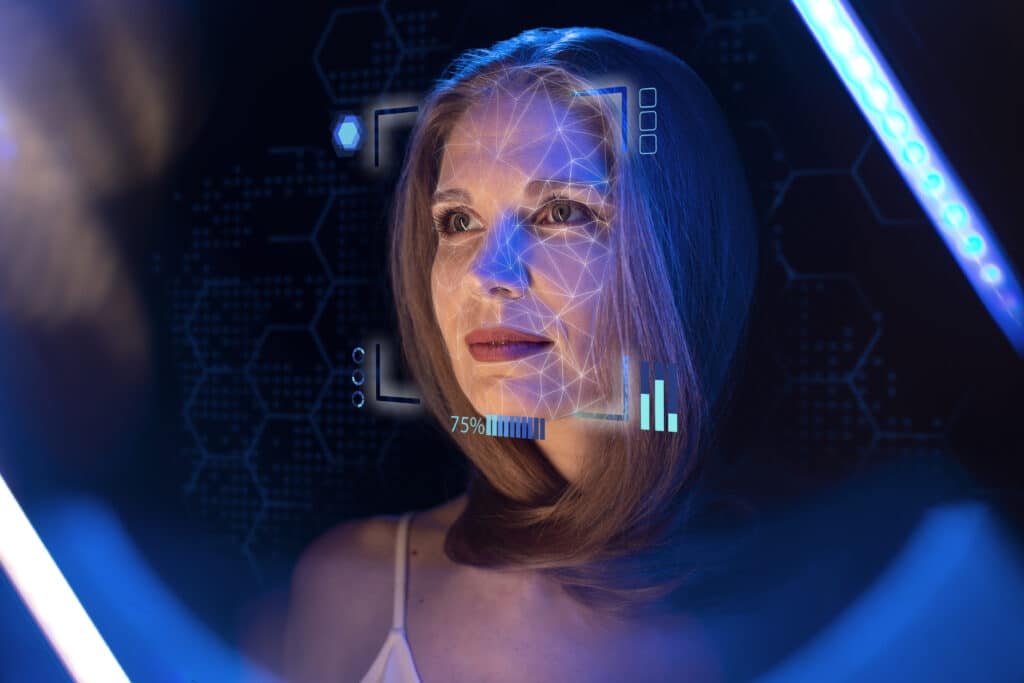
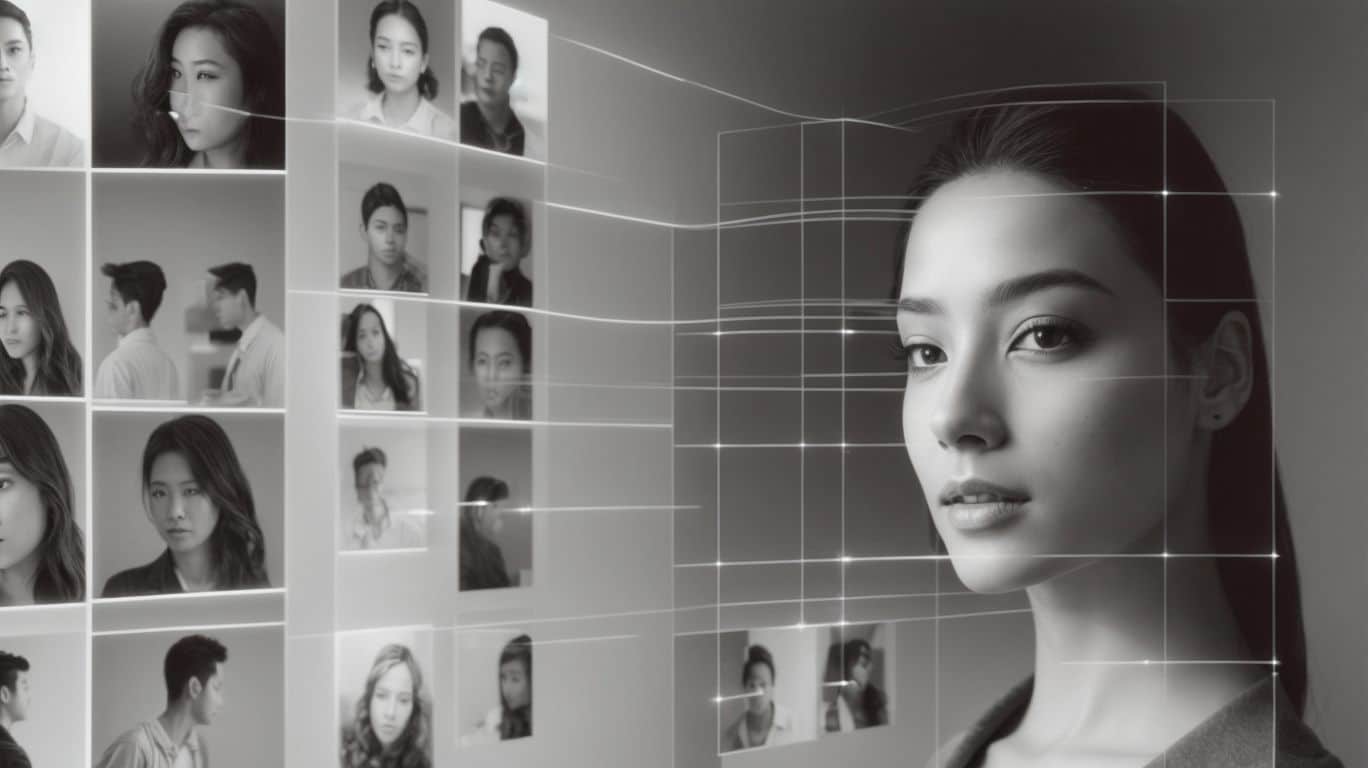
Facial recognition technology has revolutionized the way we verify identities in various industries. From banking and finance to healthcare and travel, this innovative technology offers a seamless and secure way to confirm one’s identity. Learn more about streamlining verification with facial recognition identity verification.
In this article, we will explore facial recognition identity verification, how it works, its importance, advantages, risks, and its use in different sectors.
We will also delve into the challenges of implementing this technology and discuss ways it can be improved. Let’s dive in and demystify facial recognition identity verification.
What is Facial Recognition Identity Verification?
Facial Recognition Identity Verification is a cutting-edge technology that combines biometric authentication with facial analysis to streamline identity verification processes and enhance security measures.
By using biometric data and facial recognition technology, this innovative approach provides a secure and seamless method for confirming identities. This technology scans unique facial features, such as the distance between the eyes or the shape of the nose, and compares them with stored data for quick and accurate verification. Additionally, with the rising concerns about identity theft and fraud, Facial Recognition Identity Verification offers a reliable solution to ensure that only authorized individuals have access to sensitive information and resources. Its efficiency not only simplifies the authentication process but also adds an extra layer of security to safeguard valuable data.
How Does Facial Recognition Identity Verification Work?
Facial Recognition operates by utilizing advanced facial biometrics to verify identities securely and efficiently through automated processes.
This modern technology works by capturing unique facial features of an individual, such as the distance between eyes, the shape of the nose, and the contours of the face. Also, we then convert these biometric data points into a digital template for comparison against pre-existing records in a secure database. The verification process involves matching the live facial image of the individual with the stored data, ensuring a high level of security. By automating this process, organizations can streamline identity verification methods, saving time and reducing the risk of error.
What Are the Steps Involved in the Process?
The process of Facial Recognition Identity Verification involves multiple streamlined steps to ensure enhanced security, accuracy, and efficiency in user verification.
- The process begins with capturing a live image of the individual’s face, which serves as the first step in verifying their identity. This image is then compared with the database of stored facial templates to determine potential matches.
- Next, the system analyzes facial features such as the distance between the eyes, shape of the nose, and contours of the face to create a unique biometric profile. Following this, we employ advanced algorithms to match the captured image with the stored templates, ensuring a high level of accuracy in the verification procedures.
By meticulously following these steps, organizations can significantly enhance security measures and streamline the identity verification process.
What Are the Different Types of Facial Recognition Technology?
Facial Recognition Technology encompasses various methods such as facial analysis and authentication processes to provide users with an enhanced experience in identity management.
Facial analysis within Facial Recognition Technology involves the detection and identification of specific facial features, such as the distance between the eyes, nose, and mouth, to create a unique facial template for each user. This template is then used for authentication processes, where the user’s identity is verified by comparing their facial features with the stored template. This seamless integration of facial analysis and authentication not only enhances security measures but also simplifies the user experience, making identity management more efficient and reliable.
Why is Facial Recognition Identity Verification Important?
Facial Recognition Identity Verification plays a pivotal role in ensuring robust identity authentication and implementing effective anti-fraud measures.
This advanced technology uses facial biometrics to accurately verify individuals’ identities, offering a secure and convenient method for access control, online transactions, and various other applications.
By analyzing unique facial features, Facial Recognition Identity Verification provides a higher level of security compared to traditional methods like passwords or PINs, minimizing the risk of unauthorized access and identity theft.
Its importance lies in the reliability and efficiency it brings to the verification process, making it an indispensable tool for businesses, financial institutions, and government agencies in safeguarding sensitive information and preventing fraudulent activities.
What Are the Advantages of Using Facial Recognition for Identity Verification?
The advantages of utilizing Facial Recognition for identity verification include seamless verification processes, enhanced biometric security, and secure access controls.
This technology allows for a quicker and more efficient verification process, eliminating the need for manual checks and reducing the risk of human errors. By harnessing biometric identifiers unique to each individual, such as facial features, Facial Recognition enhances security measures by making it extremely difficult for unauthorized individuals to gain access. Secure access controls set up through Facial Recognition provide an added layer of protection, ensuring only authorized individuals can enter restricted areas or access sensitive information.
What Are the Potential Risks of Facial Recognition Identity Verification?
While Facial Recognition Identity Verification offers enhanced security, there are potential risks associated with identity theft and the need for robust fraud prevention measures.
These risks are particularly pronounced in scenarios where malicious actors could potentially manipulate facial recognition technology to gain unauthorized access to sensitive information or resources. Identity theft prevention becomes crucial in safeguarding individuals from such breaches, underscoring the importance of implementing stringent security protocols.
Fraud prevention strategies must also continuously evolve to outpace sophisticated cyber threats that exploit vulnerabilities in facial recognition systems. Effective monitoring and prompt response mechanisms are essential components in mitigating these risks and maintaining trust in the reliability of identity verification processes.
How is Facial Recognition Identity Verification Used in Different Industries?
Facial Recognition Identity Verification finds applications across various industries, from facilitating secure online transactions to enabling real-time identity verification processes.
Industries such as banking and finance have adopted this technology to enhance security measures for online transactions, ensuring that only authorized individuals can access sensitive financial information. In the healthcare sector, Facial Recognition Identity Verification aids in accurate patient identification and streamlines access to medical records, contributing to improved patient care. The retail industry also benefits from this technology by preventing fraud during online purchases through secure real-time identity verification checks. This versatile tool is reshaping the way industries approach security and verification processes.
Banking and Finance
In the banking and finance sector, Facial Recognition Identity Verification is instrumental in ensuring secure identity verification for online transactions and digital interactions.
This technology revolutionizes the way financial institutions authenticate the identity of their customers. By utilizing facial recognition, banks can offer a more convenient and secure method for verifying individuals during online transactions. This added layer of security helps mitigate fraud risks and enhances customer trust in digital banking services.
Facial recognition streamlines the verification process, making it quicker and more seamless for users. As the banking industry increasingly adopts digital solutions, the role of facial recognition in online identity verification becomes ever more crucial in safeguarding sensitive financial information.
Government and Law Enforcement
Government and law enforcement agencies leverage Facial Recognition Identity Verification for functions such as fraud detection and identity validation to enhance security measures.
This advanced technology allows authorities to accurately match faces against existing databases and identify potential threats or criminal activities in real-time. By employing Facial Recognition Identity Verification, the government and law enforcement are better equipped to prevent crimes, track suspects, and ensure public safety. The system aids in verifying individuals’ identities during various processes, such as border crossings, access control to restricted areas, and secure online transactions.
The continuous advancements in this technology enhance its effectiveness in addressing challenges related to fraud detection and identity validation, positioning it as a crucial tool in maintaining law and order.
Healthcare
In the healthcare sector, Facial Recognition Identity Verification enables enhanced verification processes, robust identity management, and secure access controls to safeguard sensitive information.
By utilizing facial recognition technology, healthcare systems can streamline patient verification procedures, reducing the risk of errors and enhancing overall efficiency. This innovative approach ensures that only authorized personnel can access critical data, minimizing the chances of security breaches and unauthorized access.
The integration of Facial Recognition Identity Verification in healthcare settings promotes transparency and accountability, creating a more secure environment for both patients and healthcare providers. With the ability to verify identities quickly and accurately, healthcare organizations can offer improved services while maintaining the highest standards of data protection.
Travel and Hospitality
The travel and hospitality industry leverages Facial Recognition Identity Verification to enhance the user experience through seamless authentication processes and personalized services.
This innovative technology allows for a more efficient check-in process at hotels and airports, reducing wait times and enhancing security measures. By utilizing facial recognition, travelers can quickly access their rooms, board flights, and enjoy a more personalized experience tailored to their preferences. Businesses in the travel and hospitality sector can streamline loyalty programs and offer customized recommendations based on guests’ previous bookings and preferences, creating a seamless and convenient experience for users.
What Are the Challenges of Implementing Facial Recognition Identity Verification?
Implementing Facial Recognition Identity Verification poses challenges related to privacy concerns, technical limitations, and the necessity for robust fraud prevention measures.
Privacy concerns center around the collection and storage of biometric data, raising questions about potential misuse and unauthorized access. Technical constraints such as accuracy issues, lighting variations, and diverse facial expressions can hinder the system’s effectiveness. To address these hurdles, organizations must implement stringent fraud prevention strategies like multi-factor authentication and continuous monitoring to safeguard against identity theft and unauthorized access.
Privacy Concerns
Privacy concerns arise in Facial Recognition Identity Verification deployments, necessitating stringent data protection measures and advanced identity verification tools to address potential risks.
The collection, storage, and utilization of biometric data in facial recognition technology raise significant concerns regarding the safeguarding of this sensitive information. In the wrong hands, such data could be exploited for malicious purposes, emphasizing the critical need for robust data protection measures.
The integration of sophisticated identity verification tools becomes imperative to ensure that only authorized individuals have access to this information, minimizing the likelihood of privacy breaches. By implementing stringent security protocols and encryption methods, organizations can enhance privacy management and reinforce trust with consumers.
Accuracy and Bias
Maintaining accuracy and addressing bias in Facial Recognition Identity Verification systems necessitates rigorous monitoring of biometric data and verification accuracy to enhance system performance.
This is crucial because any inaccuracies or biases in the data used for facial recognition can lead to serious consequences, including misidentifications and wrongful arrests.
By continuously reviewing and updating biometric data, institutions responsible for implementing facial recognition technology can ensure that the system remains reliable and respects individuals’ privacy.
Verifying the accuracy of the biometric data used in the system can significantly reduce the risk of false positives and enhance the overall efficiency of the verification process.
It is therefore essential to prioritize the regular assessment of biometric data sources and validation methods to uphold the integrity and effectiveness of Facial Recognition Identity Verification systems.
Technical Limitations
Addressing technical limitations involves exploring advancements in technology to enable real-time verification processes and enhance the capabilities of Facial Recognition Identity Verification systems.
This focus on technological advancements plays a crucial role in overcoming the challenges faced by Facial Recognition Identity Verification systems. By leveraging cutting-edge software algorithms and hardware systems, these advances enable more efficient and accurate facial recognition capabilities.
Real-time verification, enabled through faster processing speeds and improved algorithmic accuracy, ensures smoother authentication processes and enhances overall system performance. Additionally, innovations in machine learning and artificial intelligence contribute to refining recognition algorithms, making systems more robust and reliable in identifying individuals accurately and securely.
How Can Facial Recognition Identity Verification be Improved?
Enhancing Facial Recognition involves implementing ethical guidelines, seamless verification processes, and advanced security measures to improve system efficiency and user experience.
- By integrating ethical guidelines, organizations can ensure that data privacy and user consent are prioritized, instilling trust in the facial recognition system.
- Seamless verification processes, such as user-friendly interfaces and quick response times, can streamline the user experience and reduce false rejections.
- Enhanced security measures like multi-factor authentication and encryption protocols add layers of protection to the system, safeguarding sensitive facial data.
These strategies work synergistically to not only enhance system performance but also boost user satisfaction and confidence in facial recognition technology.
Data Protection Measures
Implementing robust data protection measures is essential in Facial Recognition systems to prevent fraud and ensure secure identity verification processes.
These measures play a crucial role in safeguarding sensitive information, such as biometric data and personal details, from falling into the wrong hands. Additionally, by encrypting data and implementing authentication protocols, organizations can thwart potential cyber threats and unauthorized access attempts. Data protection measures not only secure the identity verification process but also enhance user trust and confidence in the system.
In an age where identity theft and fraud are rampant, maintaining a strong focus on security measures is imperative for the integrity of facial recognition technologies.
Ethical Guidelines and Oversight
Adhering to ethical guidelines and oversight frameworks is crucial in Facial Recognition to mitigate risks of identity theft, foster secure access, and build trust with users.
Ethical guidelines form the cornerstone for ensuring the protection of individuals’ identities and personal information in the utilization of facial recognition technology.
By establishing clear boundaries and protocols, these guidelines help in preventing unauthorized access and misuse of sensitive data. They also play a vital role in upholding transparency and accountability within the industry, thereby increasing user confidence in the technology. Ethical oversight ensures the responsible and ethical deployment of facial recognition systems, thereby promoting a more secure digital environment for all users.
Advancements in Technology
Embracing technological advancements is key to enhancing Facial Recognition Identity Verification systems, enabling improved verification processes and more robust fraud detection mechanisms.
These technological advancements have revolutionized the utilization of facial recognition in identity verification systems. With the use of artificial intelligence and machine learning algorithms, these systems are able to accurately verify individuals within seconds, making the process efficient and secure. The integration of advanced technology has also significantly reduced the margin for error, providing a higher level of accuracy in identifying potential fraud cases. This enhanced verification process not only saves time but also enhances security measures, ensuring a more reliable and trustworthy system overall.
Frequently Asked Questions
What is facial recognition identity verification?
Facial recognition is a form of technology that uses biometric data from a person’s face to confirm their identity. It compares the facial features of a person to those in a database to determine if they are the same person.
How does facial recognition identity verification simplify verification processes?
Facial recognition simplifies verification processes by eliminating the need for physical documents and manual checks. It can quickly and accurately verify a person’s identity in real-time, making the process more efficient and secure.
Is facial recognition identity verification secure?
Yes, facial recognition is highly regarded as a secure form of verification. It uses complex algorithms and biometric data to verify a person’s identity, making it difficult for fraudsters to replicate or bypass.
What are the benefits of using facial recognition identity verification?
There are several benefits, including increased efficiency, reduced costs, and enhanced security. It also delivers a seamless user experience and lends itself to integration into various industries and applications.
Can facial recognition identity verification be used for different purposes?
Facial recognition can serve various purposes, including verifying identities for online transactions, accessing secure areas, or authenticating user identities for digital platforms. Its applications span a wide range and can be customized to meet specific needs.
How accurate is facial recognition identity verification?
Facial recognition has a high level of accuracy, with most systems boasting a 99% accuracy rate. However, factors such as poor lighting or changes in appearance can affect its accuracy. We regularly update and improve it to maintain its high accuracy.

